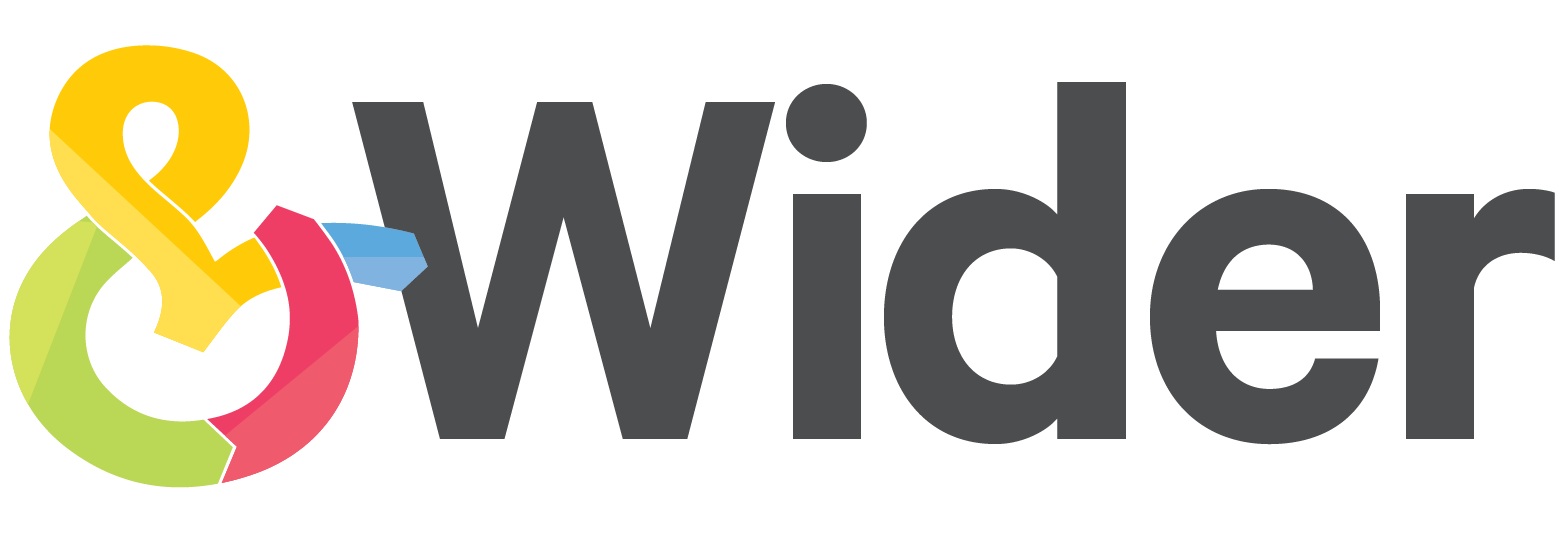Kickstart your human rights due diligence with this 3-step funnel model
It’s great to see that most procurement, sustainability and sourcing teams are aware of the human rights due diligence (HRDD) laws already in place, along with the many other laws in the pipeline. I have been having many conversations with clients about the role played by reliable human rights data in the conduct of human rights due diligence. Integral to HRDD is the assessment and tracking of human rights risks. This is all about data, which needs to be gathered via stakeholder engagement. This is essentially what &Wider does daily.
Our clients have been respectful of the need, in the process of assessing and tracking human rights along the supply chain, to resolve their data gaps or “data blind spots”. Every brand or retailer faces this challenge of blind spots or invisibility in their supply chains, and no company will ever realistically have 100% visibility. So where should you start?
Think of Risk Assessment and Tracking as a Funnel
I like to describe the HRDD process as a funnel, where a brand begins with its entire supply base and uses reliable data and insight to assess which parts of its supply chain warrant deeper due diligence. This could be done with data that companies have already or data they buy from third parties identifying where particular human rights risks apply. This is where &Wider’s Landscape Assessments fit in. Sustainable sourcing and procurement teams with multiple sourcing geographies can benefit from a bigger-picture human rights assessment of those geographies in order to know which types of suppliers they should apply a deeper dive to within those settings.
Whether you are getting primary third-party data direct from your suppliers’ businesses in each of your sourcing geographies for this bigger picture (&Wider’s approach) or secondary third-party data based on “publicly available data” (bought from risk analytics companies), this bigger picture risk assessment delivers your priority areas for further due diligence. These should be businesses fitting a particular risk profile (type of business, size etc) in particular parts of a sourcing geography.
Essentially the broadest part of the due diligence funnel offers you the zoomed out view of human rights in your supply chain, and shows you where you need to zoom in further.
What to do with your priority areas or profiles
Once you know where to zoom in on your due diligence efforts, the middle band of the due diligence funnel is populated by all the suppliers fitting the priority profile/s by virtue of where they are located, the type of business they conduct and the types of workers they employ. These will have been stipulated in the bigger picture assessment. Now you need to decide what types of due diligence activities you will conduct across these specific cohorts of suppliers. Typically this is where you will see social audits, training interventions, perhaps SAQs (self-assessment questionnaires) asking suppliers what systems they have in place to prevent certain human rights or labour rights violations.
When a particular workplace/s is unresponsive to your interventions, or when a social audit, site visit or even media exposé flags a serious issue, it's time to move further down the funnel to the deepest level of due diligence.
The final point of the funnel - where deep-dive due diligence is needed
In this final stage of the funnel, it's crucial for companies to go further in assessing, addressing, tracking and communicating what they find, what was done and how a situation improved for businesses where serious issues or serious human rights risks have been flagged. Here you are expected to assess the extent and nature of human rights risks in a manner that involves meaningful stakeholder engagement. This deeper investigation and engagement must support the supplier with insight that enables them to identify specifically where and what improvements are needed, and to take effective action and measure when and whether the issues flagged by workers have been adequately addressed.
Once an issue has been identified in the course of conducting due diligence, forensic tracking (step 4 in the OECD Human Rights Due Diligence Framework) together with detail on the interventions made, will also provide the necessary insight to brands and retailers who, in many jurisdictions, are now legally required to track progress over time. Addressing human rights risks and challenges often requires active investment and support from the buyer/s, whose purchasing practices can either contribute to the strain on the workforce or contribute to enabling improvement.
In closing
While there is no such thing as a perfect global supply chain, responsible sourcing professionals can take proactive steps to ensure they are conducting human rights due diligence that can make a positive and measurable impact. By collating strong data that shows the interventions made and the impacts achieved, companies can demonstrate continuous and measurable improvement in human and environmental rights along their supply chain, which is crucial to comply with the new due diligence laws.
Contact us to make human rights due diligence a priority in your organisation. We can conduct a bigger picture human rights risk assessment of your entire supply base, and then narrow down to specific areas where the next level of due diligence activity is undertaken, with deeper, more forensic due diligence happening on specific sites where needed. Remember, there are experts, providers, systems, and support available to help you achieve your goals. Let's work together to make a difference and improve the lives of workers in our supply chains.

